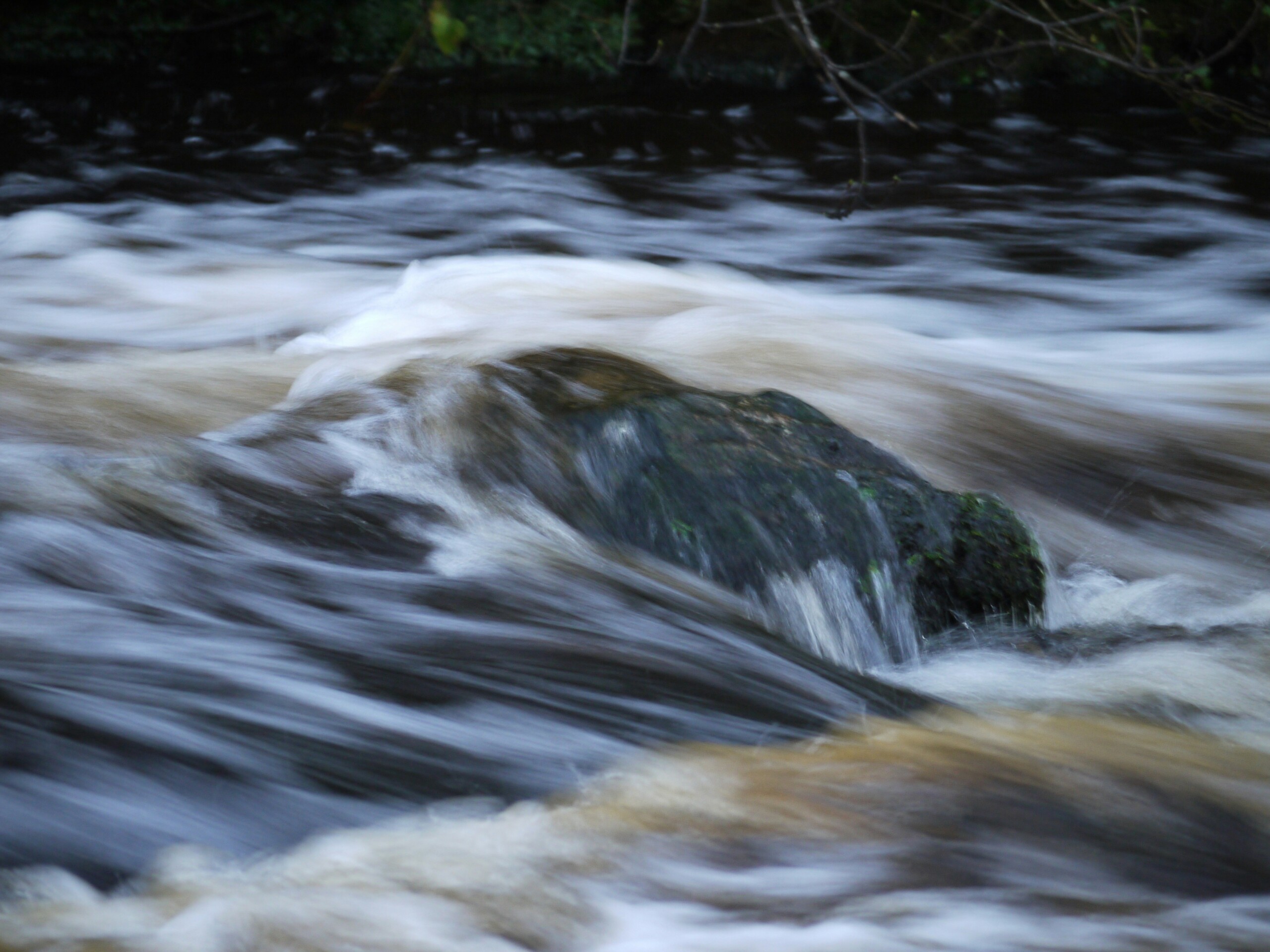The tale of Griffin Creek – a timeline

Background
Griffin Creek, in the 96,249 hectare Wanganui-Otira Catchments Conservation Area, flows into the Taramakau River near Highway 73 in Westland. A conservation and recreation gem with stewardship status, it has potential for inclusion in the adjacent Arthur’s Pass National Park.
The creek’s canyon is one of the top high-volume canyoning trips in Aotearoa due to its rare combination of technical difficulty, high flow, length, and relative accessibility.
Griffin Creek Hydro Limited’s concession to construct a hydro scheme is a saga of commercial exploitation of conservation and recreation values and the concessions system, and of the Department of Conservation’s to-date abject failure to respond appropriately.
Federated Mountain Clubs has been working to get aspects of the concession on track since learning of it in 2018.
Timeline
August 2010 The Department of Conservation’s 2010 First Determination Report on Griffin Creek Hydro Limited’s application for a hydro scheme on Griffin Creek fails to test the proposal robustly, relying to a large extent on speculation rather than hard evidence.
February 2011 Griffin Creek Hydro Limited’s application is approved. Among other things, the company is granted the rights to:
- take 1,200 litres per second of water, leaving a residual flow of around 800 litres per second;
- build scheme infrastructure;
- build a 1.5 kilometre long, 0.3 metre wide access track within a three metre wide easement corridor; and
- clear associated plants with trunk diameters of up to 20 centimeters at breast height.
Concession termination is a clearly-stated potential consequence of breach of conditions.
March 2013 Canyoners Nic Barth and Neil Silverwood make the first canyoning descent of the entire gorge.

Griffin Creek (c) Ben Sarten
August 2013 The Department of Conservation discovers the company’s construction of a three-four metre wide 4×4 benched road from the base of Griffin Gorge to the planned intake site. Many trees with diameters over 20 centimetres have been cut down. Despite the clear gross breach of concession conditions, construction cessation and some remedial work are the only sanctions DOC imposes.
2015 Griffin Creek Hydro Limited partners with New Zealand Energy Limited to further the scheme.
2018-2019 Griffin Creek Hydro Limited, with its NZEL partner, applies to ‘vary’ the concession’s terms in an application that, if granted, would more than double the maximum water take to 2,500 litres per second, and permit a minimum residual flow of 456 litres per second. The New Zealand Canyoning Association sends DOC a recreational values report. FMC recommends the proposal be declined, or that a whole new application be made (under the Conservation Act 1987, variations allow for minor concession changes only), or at very least, that it be publicly notified. DOC publicly notifies the application, which the company then withdraws.
August 2019 FMC requests the Department terminate the concession due to the company’s breach of its concession conditions by constructing the road. DOC declines to terminate the concession, saying “a fair approach has been taken”.
May 2020 DOC informs FMC of a new ‘variation’ application. Riddled with substantive and procedural deficiencies, again, the application does not fit the legislation’s description of a variation. It is severely information-deficient with respect to ecological, geotechnical, and recreational evidence. Among other things, it seeks to:
- increase the penstock capacity 16-fold to 1.2 metres diameter;
- bury the penstock in a six meter swathe that would cross the Alpine Fault and involve significant benching and sidecasting;
- increase the maximum diameter of trees for potential removal from 20 centimeters at breast height to 50 centimetres at breast height;
- increase the proposed construction area more than eight-fold.
- introduce vehicle access.
DOC says it is processing the application as a “material change”, a mechanism not provided – or, therefore, defined – by the Conservation Act. Pressure from FMC sees the initially brief feedback period for FMC and the canyoning association increased.

Griffin Creek (c) Ben Sarten
May 2020 Newsroom publishes ‘Disingenuous hydro consultation criticised on substantive and procedural issues relating to the concession‘.
June 2020 FMC sends DOC an outline of the new variation application’s substantive and procedural deficiencies, along with a vegetation survey and an effects assessment; such reports should have been demanded of the company by DOC. This information was passed to the applicant for comment.
June 2020 The canyoning association provides DOC with comment on the implications of the variation for recreation.
June 2020 FMC’s report on concessions, Conceding the commons… Conceding nature?, references the Griffin Creek Hydro Limited concession in its discussion of project ‘creep’ and poor monitoring.
July 2020 Newsroom publishes Detail in pipeline application ‘staggeringly deficient’ on the variation application’s information deficit.
September 2020 DOC excludes FMC from formal discussion on Griffin Creek Hydro Limited’s 2020 variation application after FMC requests updating with relevant new material.
October 2020 DOC reports undertaking ecological and recreational assessments, tasks FMC sees as akin to shadow-boxing given the variation application’s lack of detail means there is no clarity on what would be assessed.
October 2020 Western South Island DOC’s performance on the concession is raised in an FMC letter to the Department’s Operations Deputy Director General about the region’s performance generally.
February-March 2021 A decision is delayed as Griffin Creek Hydro Limited wishes to make extensive comments on a draft decision report.
Summary
FMC awaits the Department of Conservation’s decision on Griffin Creek Hydro Limited’s latest application relating to Griffin Creek.
More broadly, FMC wishes to see Departmental commitment to concessions handling that is in line with the spirit, intent, and letter of its legislation.
All photos (c) Ben Sarten
Share This Story, Choose Your Platform!

Latest News
FMC opposes the Winstone Pulp International Limited resource consent application to enable the discharge of treated pulp mill wastewater, stormwater and a foam inhibitor to the Whangaehu River.
FMC is looking for the right candidate to appoint to the Maerewhenua Trust Board.
FMC is looking for the right candidate to appoint to the Federated Mountain Clubs Mountain & Forest Trust Board of Trustees.






